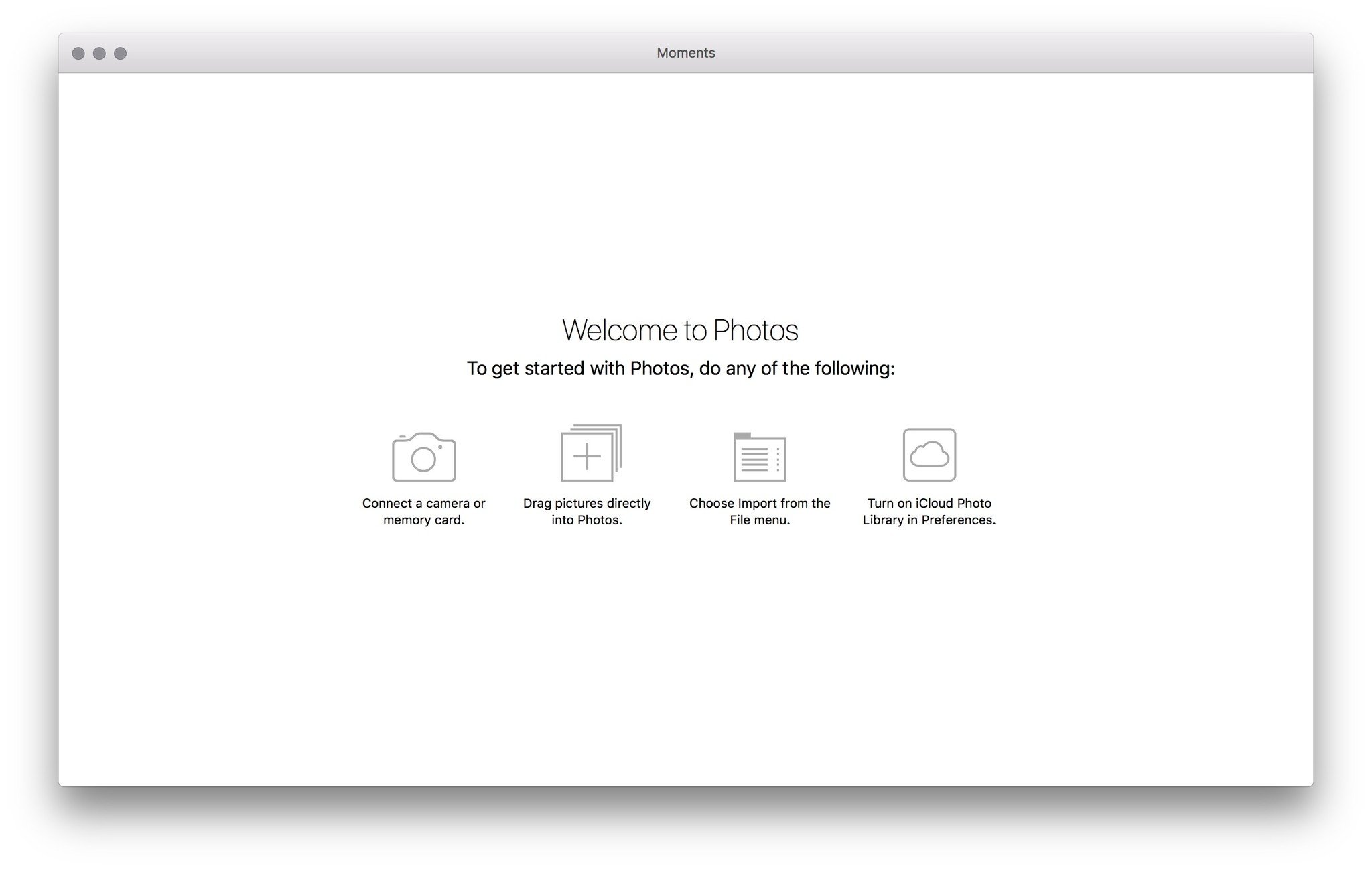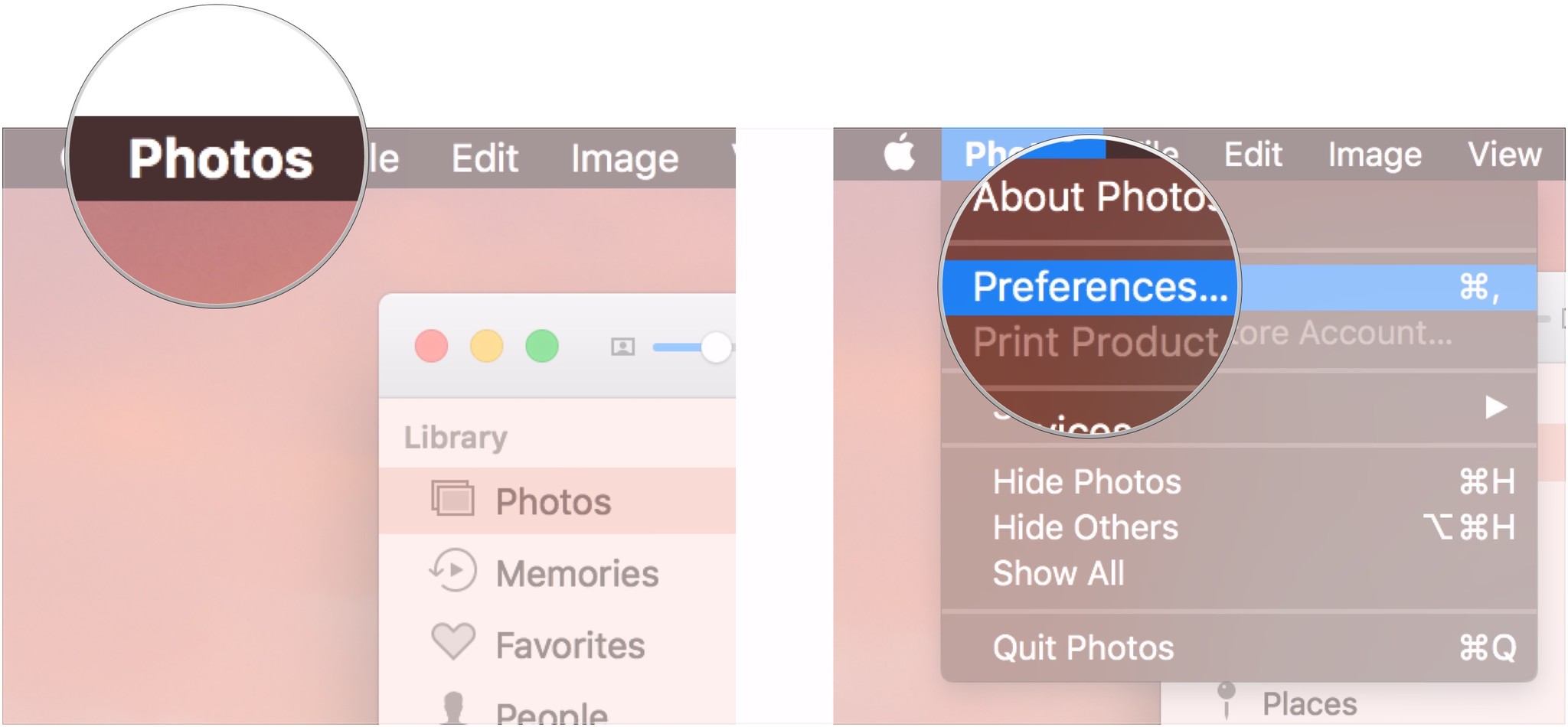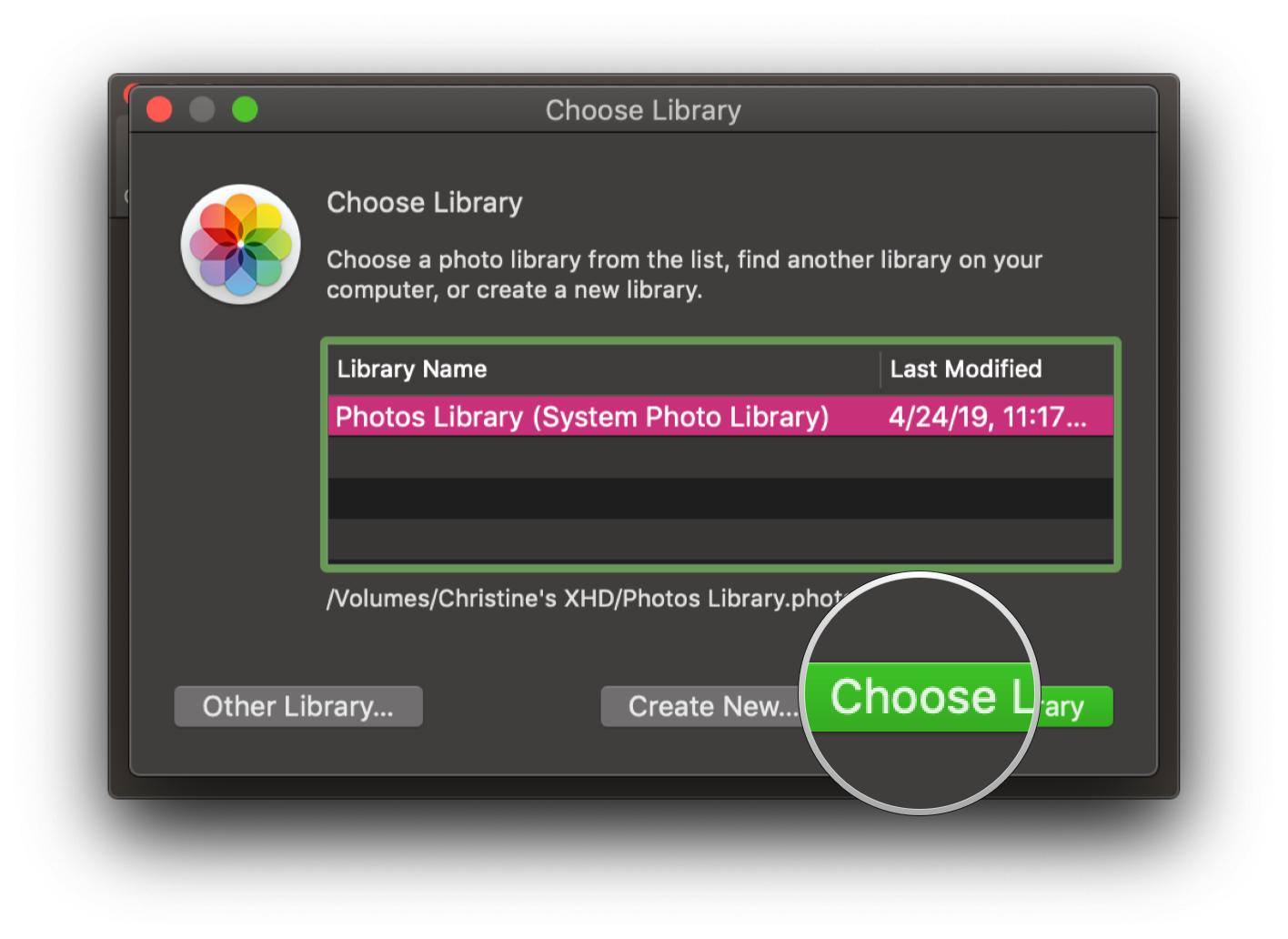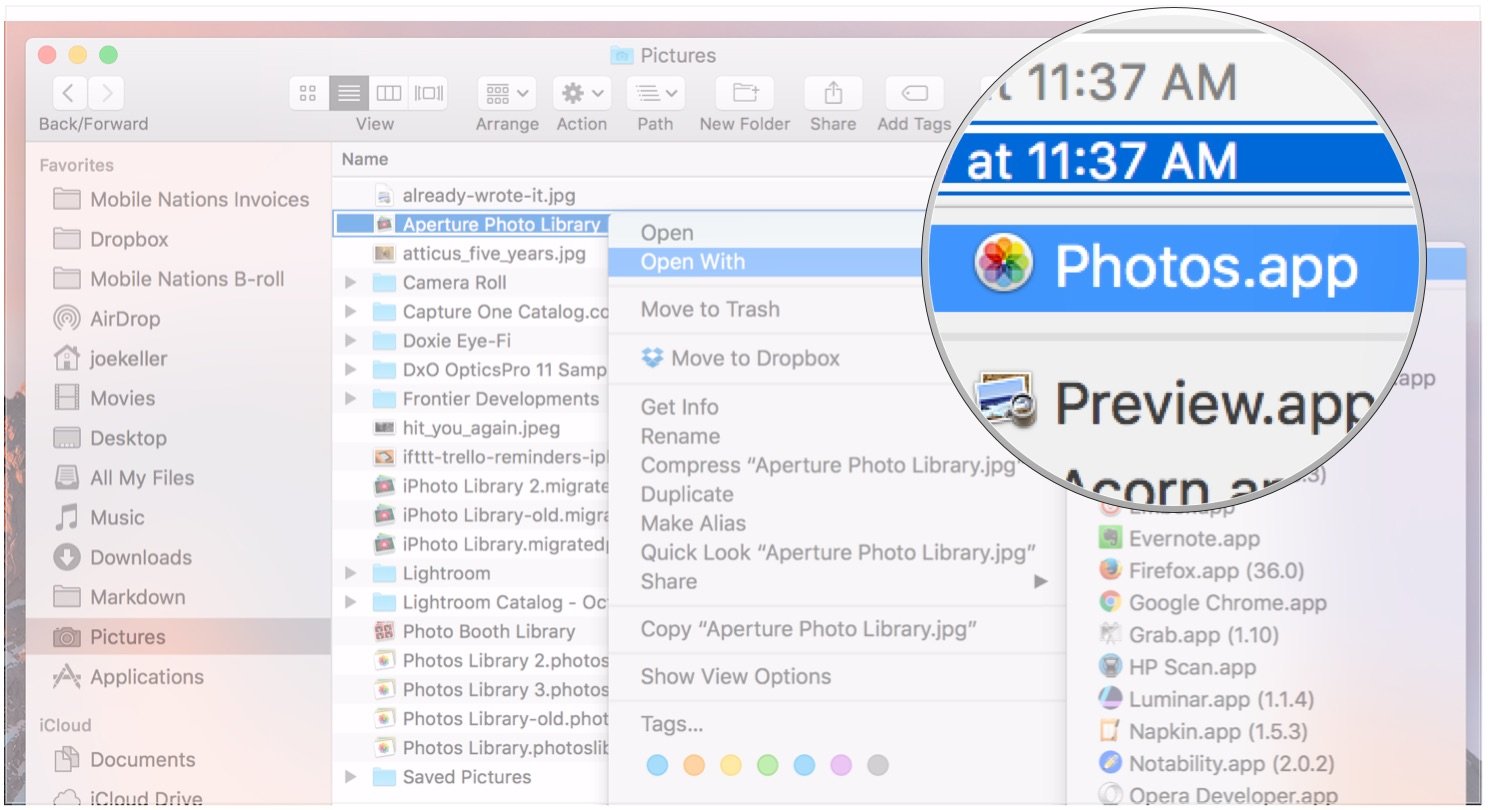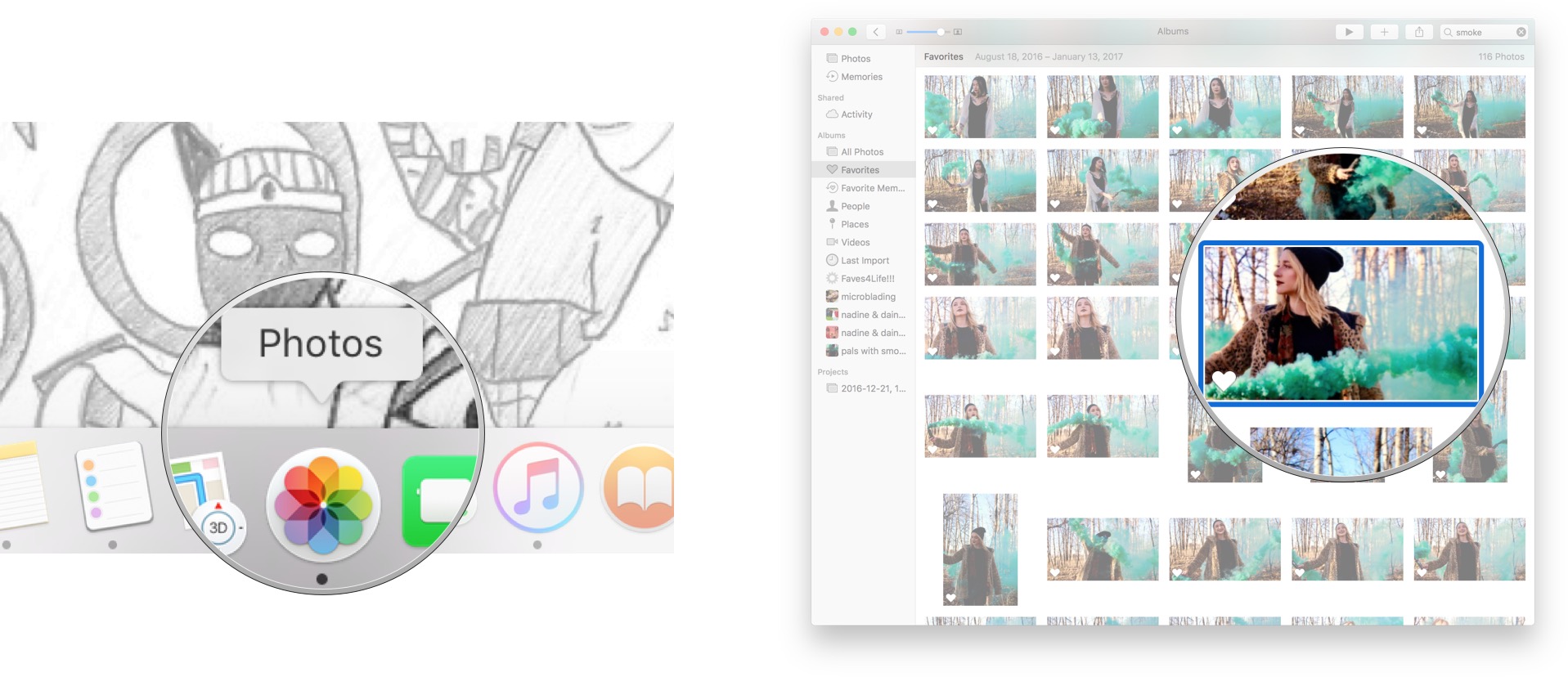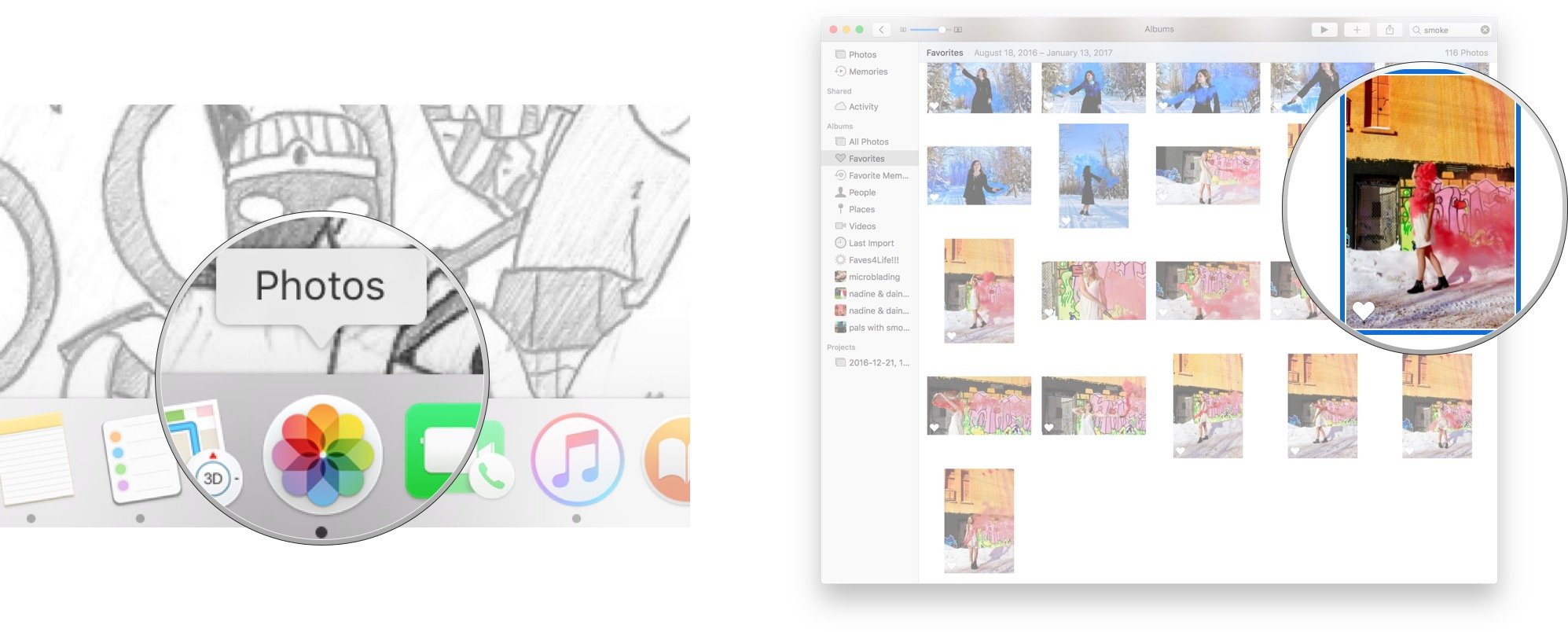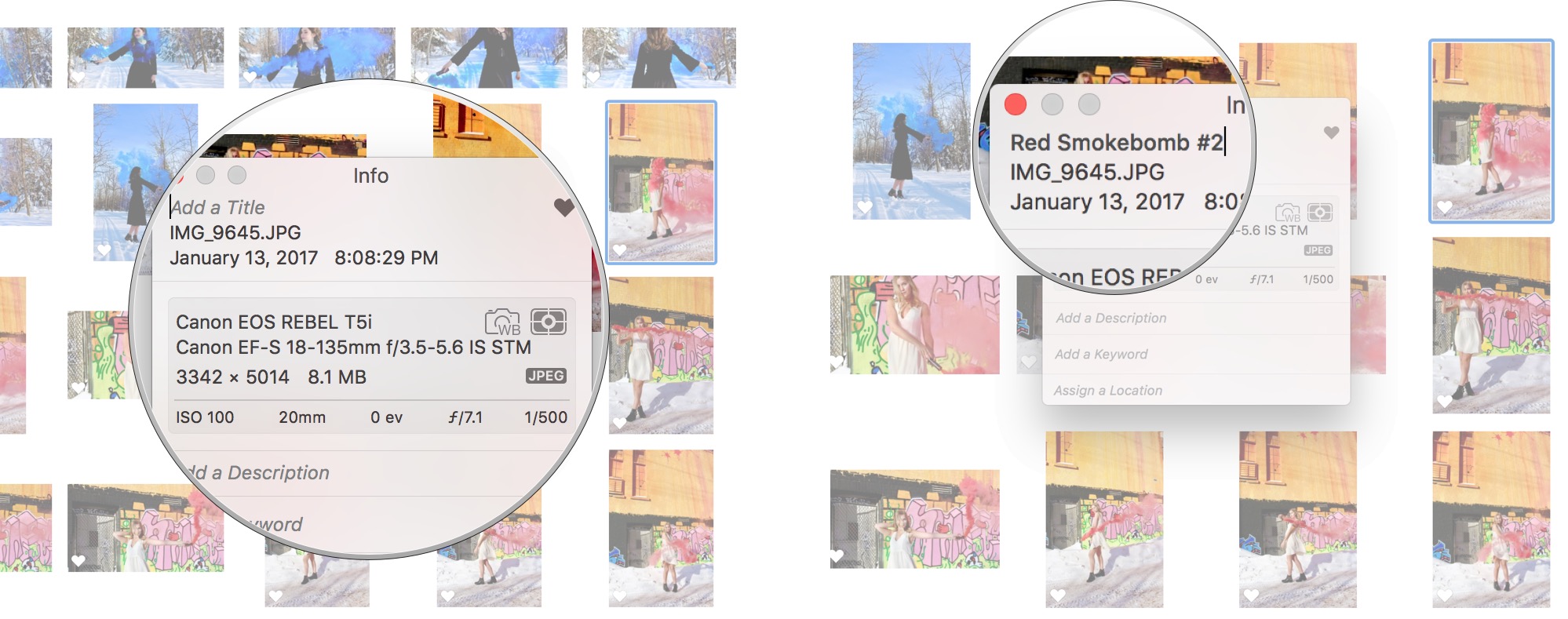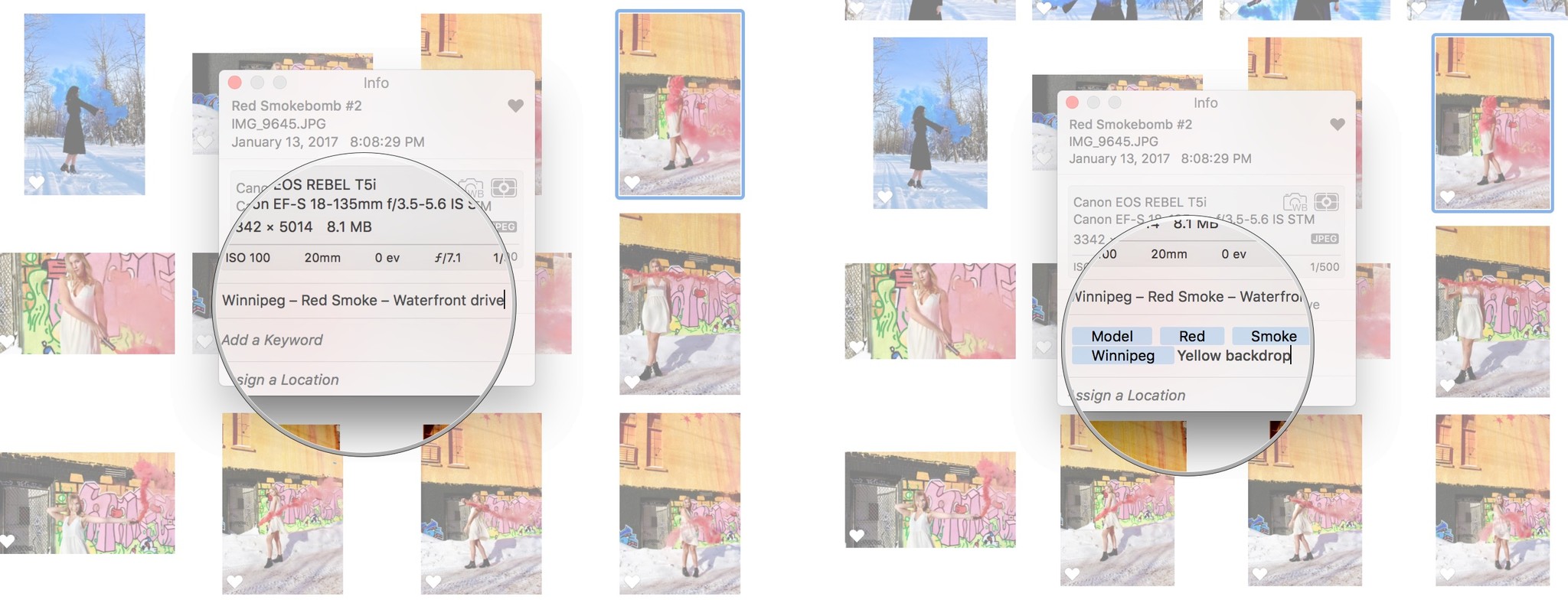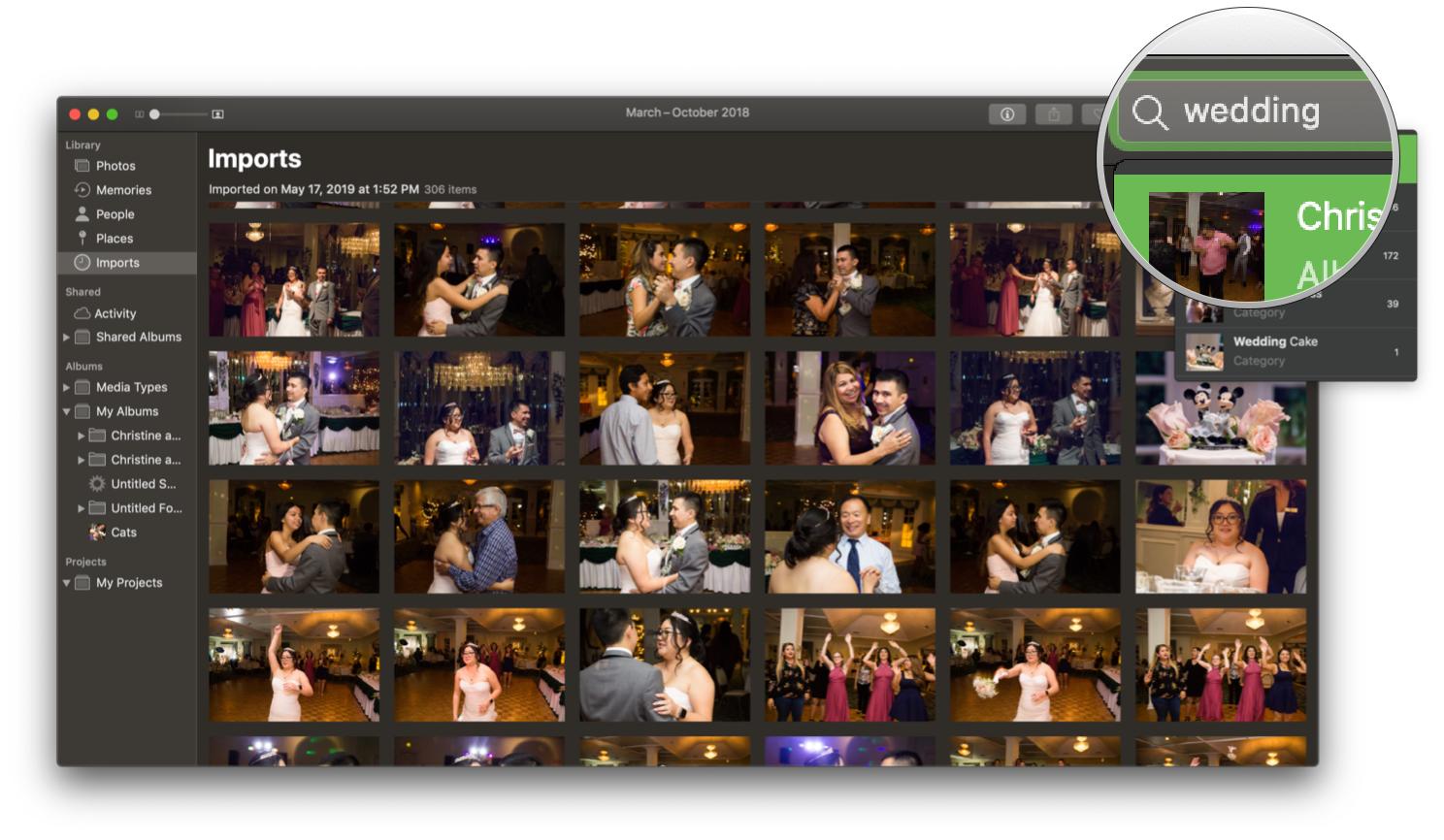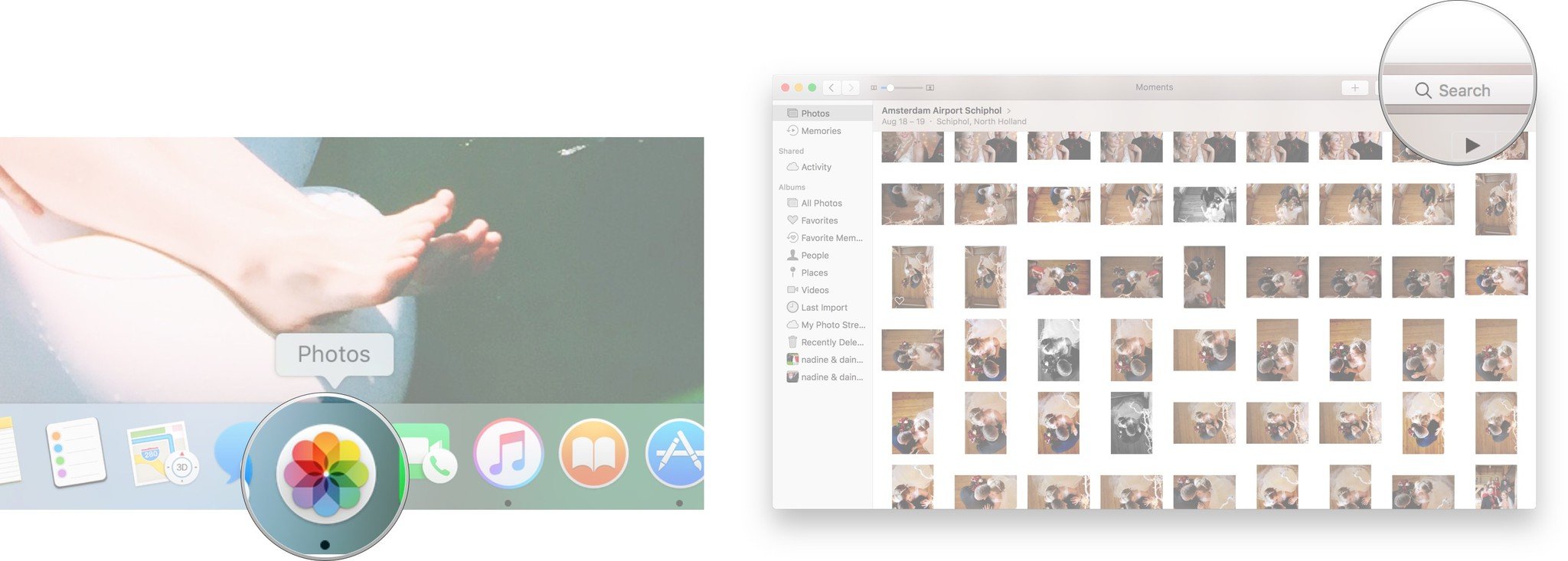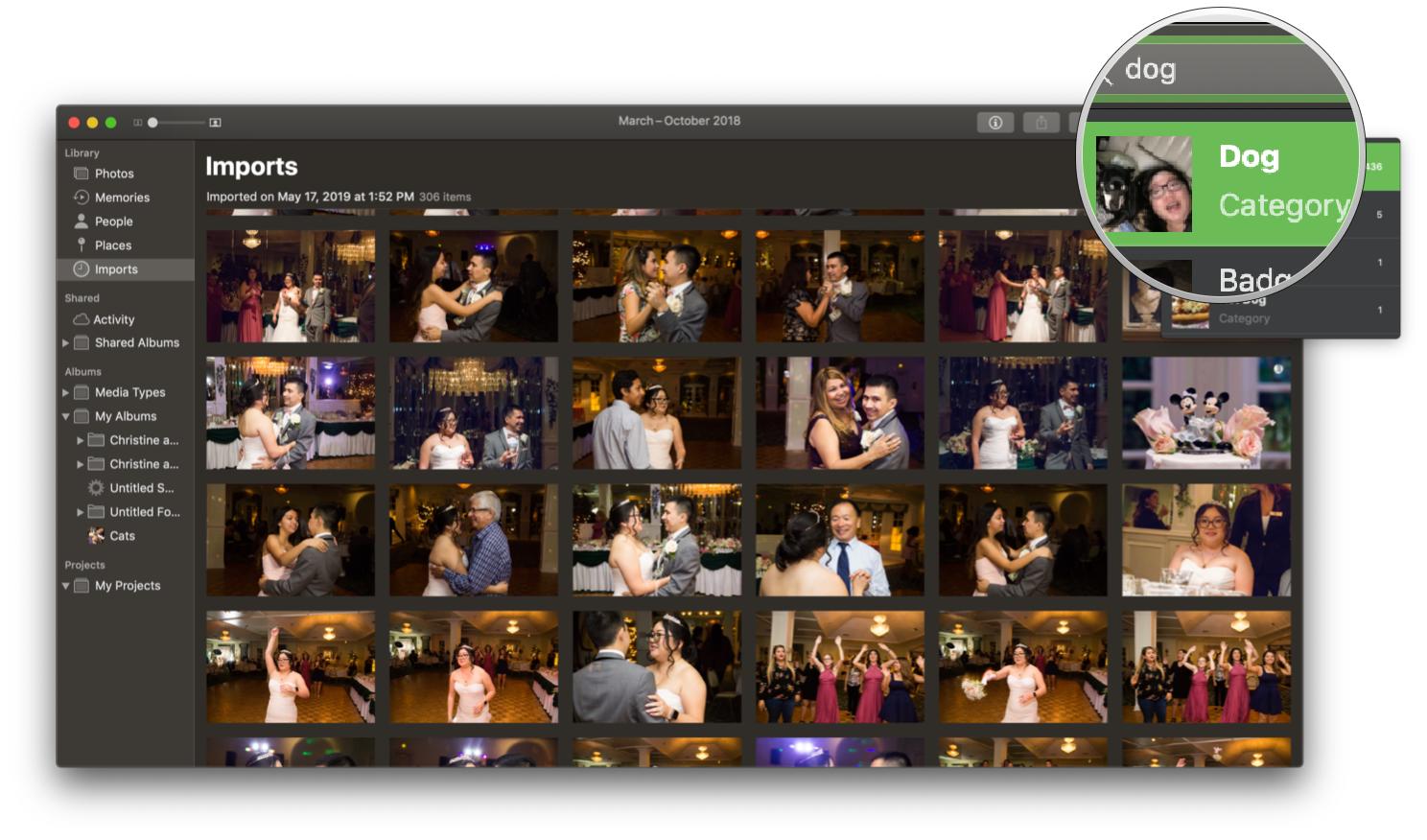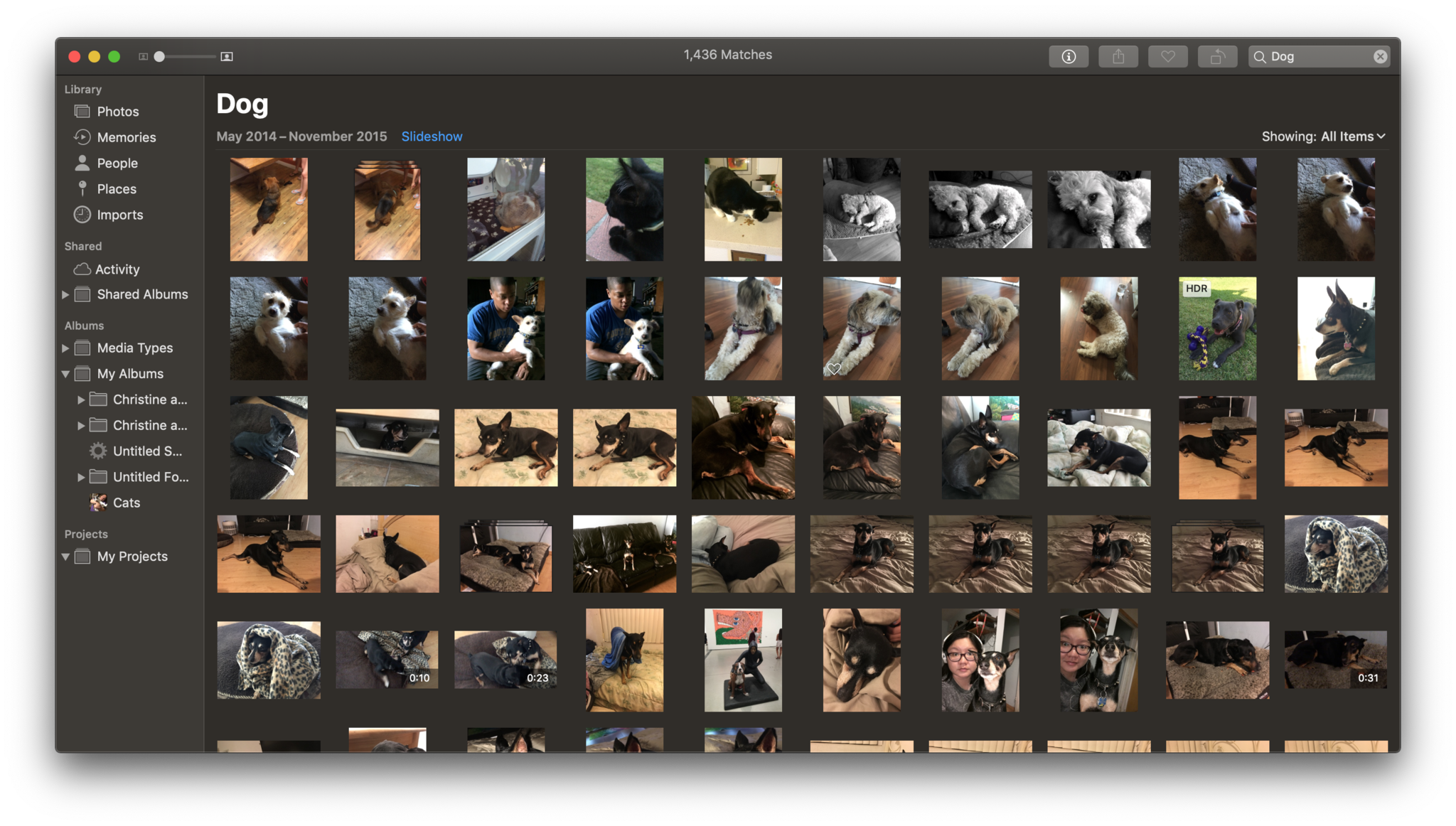How to set up and start using Photos on your Mac
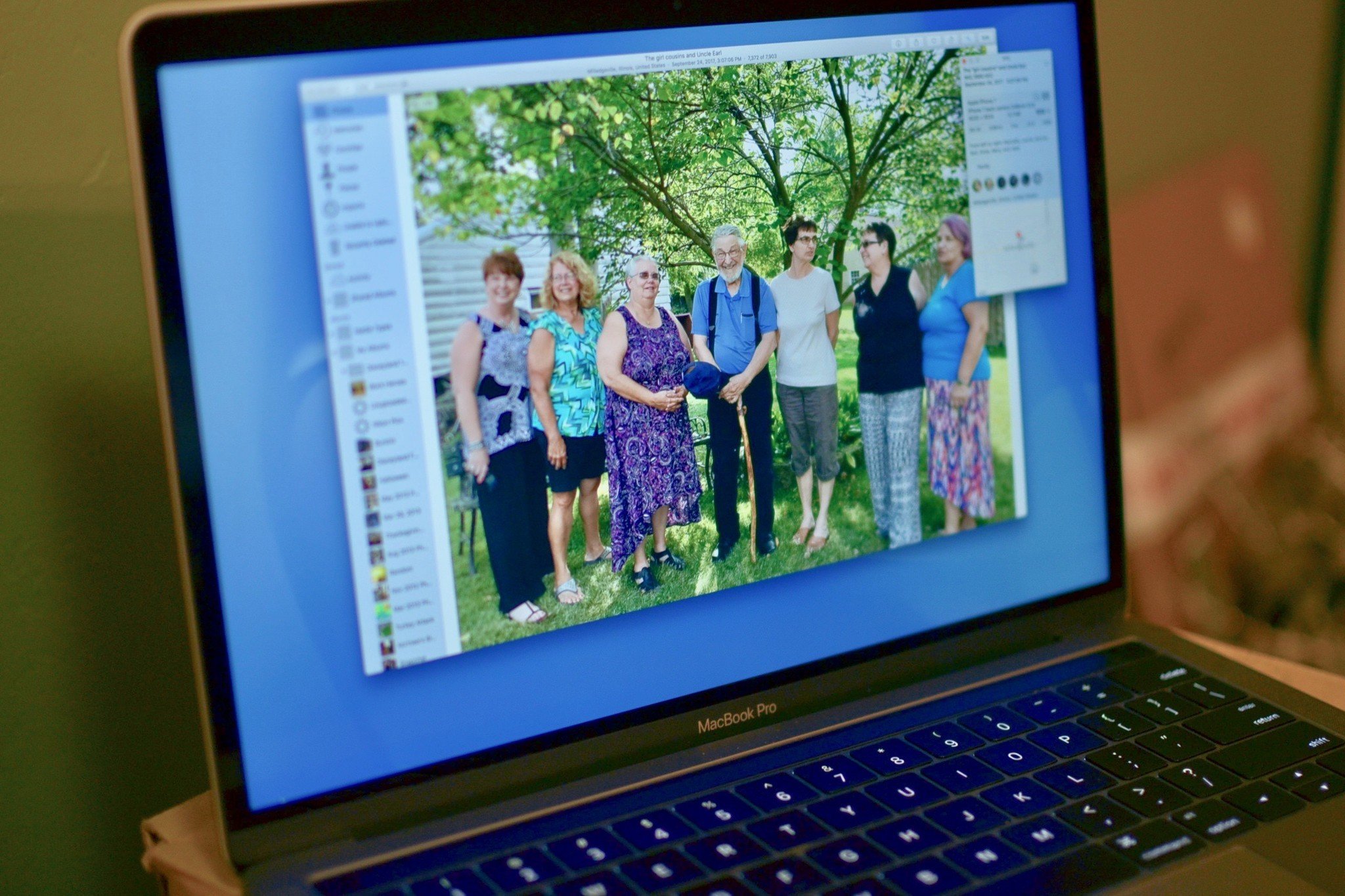
Apple's Photos for Mac has built upon the reliable foundations laid out by iPhoto and Photos for iOS to offer users like you a speedy and functional way to manage, edit, and share all their images (without any of the stress).
Plus, with the Markup editor, you can really get creative with your memories and make something awesome!
Whether this is your first time using a photo management app, you're upgrading from iPhoto, or you're exploring a non-Aperture or Lightroom avenue, here's what you need to know about Photos for macOS!
- Getting started
- How to import images and folders into Photos
- How to copy imported files to your Photos library
- How to import your iPhoto Library into Photos for macOS
- How to import your Aperture library into Photos for Mac
- How to bring up EXIF, location, and other metadata information in Photos for Mac
- How to add a title, description, and keywords to a picture or video in Photos for Mac
- How to manage keywords with Photos for Mac
- How to search for your pictures and videos in Photos for Mac
- How to search for a specific category in the Photos app
- How to use smart albums as "advanced search" in Photos for Mac
Getting started with Photos on the Mac
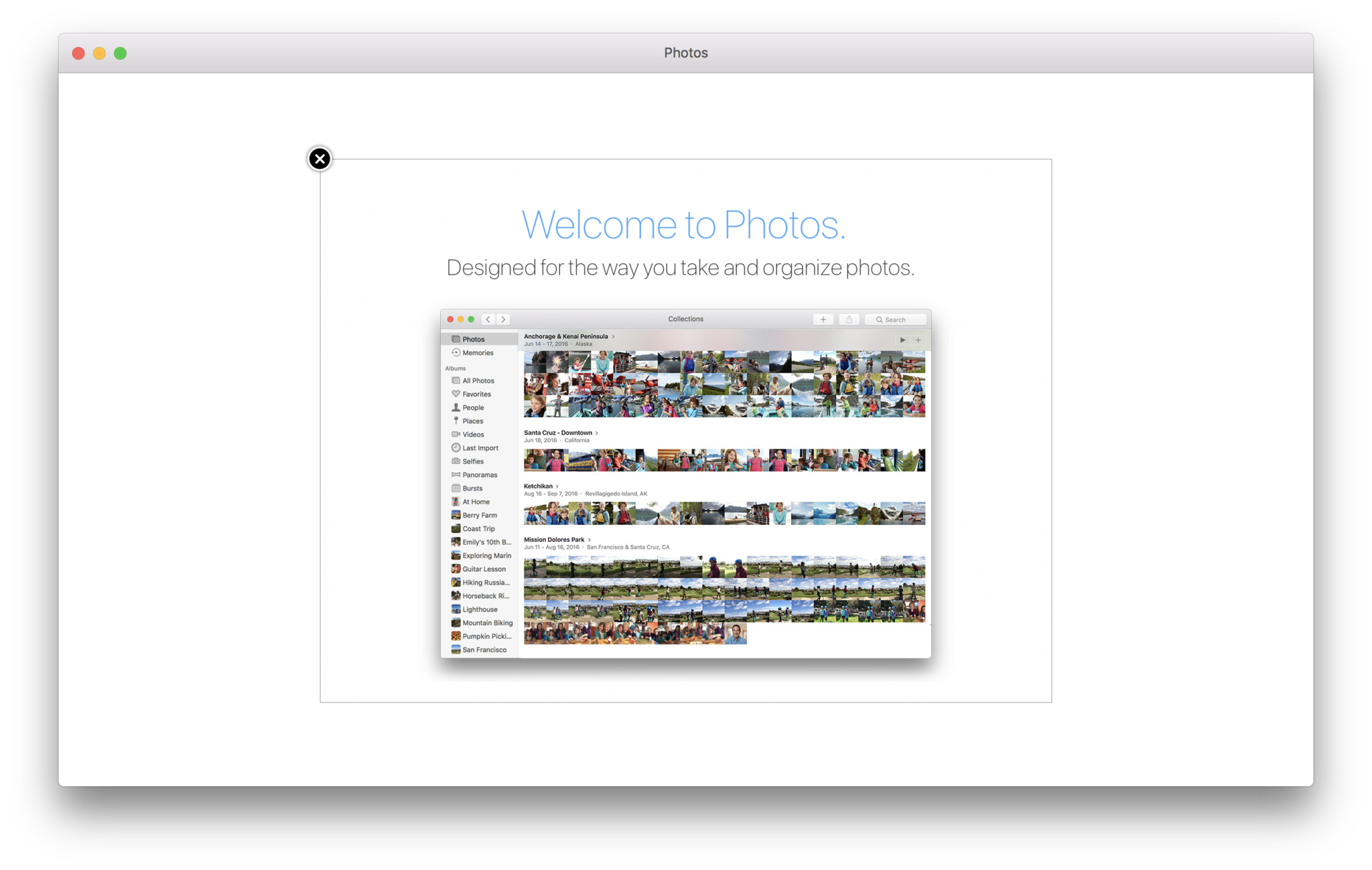
The first time you open Photos, you're shown an overview of what exactly the app will look like once you upload all your pictures, videos, and memories. You'll get a quick rundown of what you can expect.
One option with the Photos app is being able to make physical memories, like calendars, collages, mugs, and more, but they're only available in the U.S., Canada, Japan, and certain European and Pacific Asian countries.
The introduction will show you how you can organize and categorize your photos.
From here, your path diverges a bit depending on whether you're new to photo management or a former iPhoto, Aperture, or Lightroom user.
iMore offers spot-on advice and guidance from our team of experts, with decades of Apple device experience to lean on. Learn more with iMore!
If you're brand new to managing photos on your Mac
Do you have folders of unorganized images glaring at you from your desktop? Have you never used one of Apple's other Mac photo programs like iPhoto or Aperture? Photos makes it simple to get that content off your desktop and iPhone and into Photos on the Mac and in the cloud.
Once you've finished the initial setup process, you can get started by uploading your pictures and videos or by taking a tour. If you are unfamiliar with Photos, then the tour is the best way to go!
Once you're finished the tour, you can go ahead and either...
- Connect a camera or memory card
- Drag pictures directly into Photos
- Choose import from the file menu
- Turn on iCloud Photo Library in Preferences
... And just like that, you're good to start uploading photos!
If you're upgrading from iPhoto or Aperture

As of macOS Catalina, Aperture is no longer compatible. You will still be able to use Photos to choose your Aperture library as demonstrated below, but this may only show the original photos and not any edits you've made. Apple will be releasing an update to macOS Catalina that will address this issue. Until then, you should keep your Aperture library and expect to migrate it to Photos again.
Apple announced in 2014 that it would no longer continue developing for iPhoto or Aperture, its older photo storage and editing programs for the Mac. Instead, the company launched Photos. If you've been resisting the transition, but have finally decided to switch to Photos on the Mac, it isn't as painful as you might think.
If you only had a single iPhoto library on your Mac, it should upgrade automatically as soon as you open the Photos app. Your old iPhoto library will still remain if you need to use iPhoto for whatever reason, but changes made to those older images won't automatically sync to your new Photos library.
If you had multiple libraries on your machine, Photos will ask you to select which library you'd like to import. Unfortunately, you can't consolidate multiple libraries into a single Photos library — you have to pick which one you want to use. If you need to do this, you can use Aperture first to consolidate libraries, then import that unified library into Photos. However, there is no real good way to import an existing Aperture library into Photos aside from a manual migration.
A note for Lightroom users looking to switch
If you switched to Lightroom a while ago but now want to make the move to Photos, your best bet is to load your Lightroom folders and files directly into Photos. Just note down where they're stored on your hard drive, and then import away.
How to sync your Lightroom exports with Photos on Mac
How to import images and folders into Photos
After you've gotten Photos set up, the next step is to import your images. Here's what you need to know about bringing your older pictures and libraries to Photos for Mac.
- Open Photos from your Dock or Applications folder.
- Click on the File menu.
- Select Import (or type command-Shift-I).
- Find and select the image(s) you're looking to import.
- Click Review for Import.
- Confirm your photos by clicking Import All New Photos in the upper right corner.
The file will now be added to your Photos library.
In the Finder, you can also simply drag and drop the images you want to import onto the Photos icon; Photos will import them.
Bear in mind, though, that Photos' default behavior is not to include original images in imports. It keeps links to them, so you can use Photos to edit or catalog them but still keep them where they are.
This is a double-edged sword: It reduces the size of Photos' library but if your goal is to clean up folders and disks with lots of photos on them, it can get confusing. To put everything actually in your Photos library, make sure to modify Photos' preferences to copy imported files to your Photos library. There's another important reason to do this if you plan to share those imported images on other devices: Only items copied to Photos' library will be uploaded to iCloud Photo Library.
How to copy imported files to your Photos library
- With Photos open, click on the Photos.
- Click Preferences...
- Check Copy items to the Photos Library.
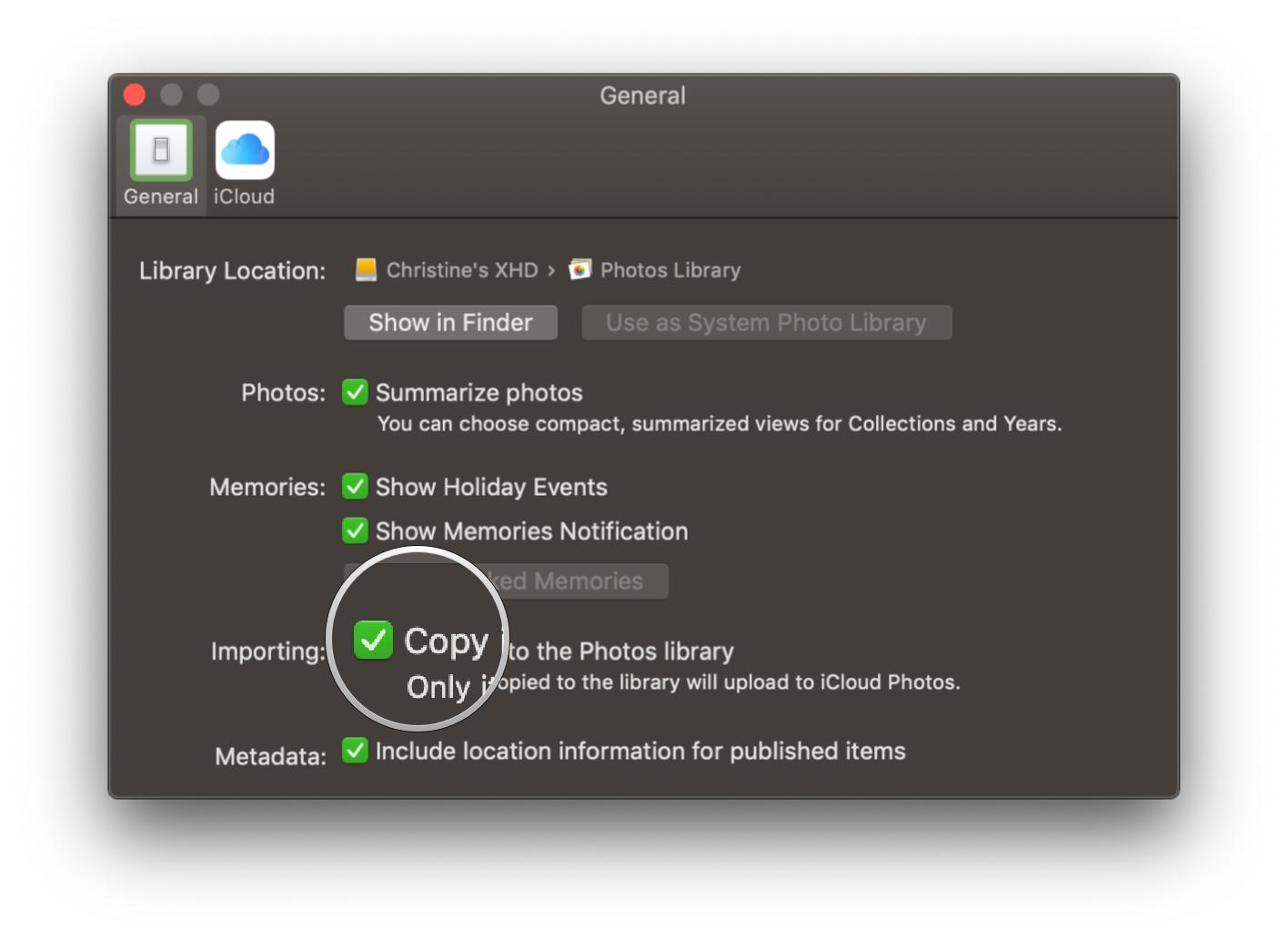
Doing this means only items copied to the library will be uploaded to iCloud Photos.
How to import your iPhoto Library into Photos for macOS
If you have a single iPhoto Library
If you're upgrading to Photos for Mac from iPhoto and you've only ever had a single iPhoto library on your Mac, your upgrade path is easy: After you open the app for the first time, Photos will automatically import all your iPhoto images into the app.
Your old iPhoto library will still remain if you need to use iPhoto for whatever reason, but changes made to those older images won't automatically sync to your new Photos library. If you don't need your old iPhoto library, you can toss it in the trash — your images are now safely in Photos (and, if you've turned on iCloud Photo Library, in iCloud as well).
If you're working with multiple libraries
Photos for Mac is only compatible with one primary library per Mac: This means that you can't combine multiple old iPhoto or Aperture libraries into one master library.
As such, if you have multiple libraries on your machine, Photos will ask you to select which library you'd like to import when you first launch the app. Once you've selected the library you want to use, Photos will prep and import those images.
- Hold down the Option key on your keyboard while clicking on Photos until a pop-up menu appears.
- Click on the Library that you want to open in the Choose Library pop-up.
- Click the Choose Library button.
You can still upgrade your other older libraries to separate Photos libraries; you'll just have to individually import each one by option-clicking the Photos icon when starting the app.
These other Photos libraries function identically to each other, with one exception: Only one library can be synced with iCloud Photo Library at a time. Your others will be locally (or externally, if you have them on a hard drive) siloed from iCloud's sync service.
How to import your Aperture library into Photos for Mac
As of macOS Catalina, Aperture is no longer compatible. You will still be able to use Photos to choose your Aperture library as demonstrated below, but this may only show the original photos, and not any edits you've made. Apple will be releasing an update to macOS Catalina that will address this issue. Until then, you should keep your Aperture library and expect to migrate it to Photos again.
If you want your existing Aperture library to be your main Photos library, simply select it as part of the initial setup of Photos for Mac.
If you want to import your Aperture library as an additional Photos library, here's how.
- Locate your Aperture library in the Finder and Control-click or right-click on it. The default location is in the Pictures folder.
- Hover over Open With.
- Click Photos where it appears in the menu.
Photos will now launch and will import the Aperture library. Once it's completed, all your Aperture library photos will be there, and you'll be able to find your stacks, projects, and events in the sidebar on the left.
How to bring up EXIF, location, and other metadata information in Photos for Mac
- Launch Photos on your Mac
- Select the picture or video you want to find out about
- Click on Window.
- Click Info (or just hit Command + I).
The info pane will present all the data you need, and you can even edit title, description, keyword, faces, and other data right there, right away.
How to add a title, description, and keywords to a picture or video in Photos for Mac
- Launch Photos on your Mac
- Select the picture or video you want to find out about
- Press Command + I to pull up the photos info.
- Click on Add a Title at the top and type in your title.
- Click on Add a Description and type in a little about the picture or video.
- Click on Add a Keyword and enter some words that'll help you find the picture or video later, like "family", "Bob's birthday 2014", "Apple Watch event" — whatever works for you.
How to manage keywords with Photos for Mac
If you're more of a power keyword user, Photos for Mac has a more powerful keyword tool for you.
- Launch Photos on your Mac
- Press Command + K to pull up the keyword box.
- Click on a Keyword to apply it to the currently selected picture or video. (Or just type its shortcut.)
- Click again on a Keyword to remove it from the currently selected picture or video. (Or just type its shortcut again.)
- Click on Edit Keywords to change the current keywords.
- Click on + to add a new keyword and shortcut, - to remove an existing one, or Rename to change it.
How to search for your pictures and videos in Photos for Mac
- Launch Photos on your Mac.
- Click on the Search bar in the top right corner.
- Enter the terms you want to search for. You can enter multiple terms, e.g. "Cupertino Lory March 25 2019 apple".
- Choose the picture or video you want from the list Photos populates.
How to search for a specific category in the Photos app
The Photos app has an AI feature built-in, which scans your photos and places them into categories of its own making. It's somewhat hit and miss (I have a ton of pictures of phones, but typing "phone" yields no results), but if you're looking for dog, cat, sunset, or other photos that might fall under a fairly generic category, this type of search can help you out!
- Launch the Photos app from your dock.
- Click the Search bar in the upper right corner.
- Type the category you would like to search for; for example, "coffee".
- Click the option you would like to select. All of the photos and videos related to that keyword will appear.
How to use smart albums as "advanced search" in Photos for Mac
The smart folder system in Photos for Mac is really clever and allows for a lot of options. If you need something more complex than standard search, especially if you think you might run it even semi-frequently, a smart folder might be a good alternative.
Questions?
Let us know in the comments below!
October 2019: Updated for macOS Catalina. Serenity Caldwell contributed to an earlier version of this guide.
Cella writes for iMore on social and photography. She's a true crime enthusiast, bestselling horror author, lipstick collector, buzzkill, and Sicilian. Follow her on Twitter and Instagram: @hellorousseau
